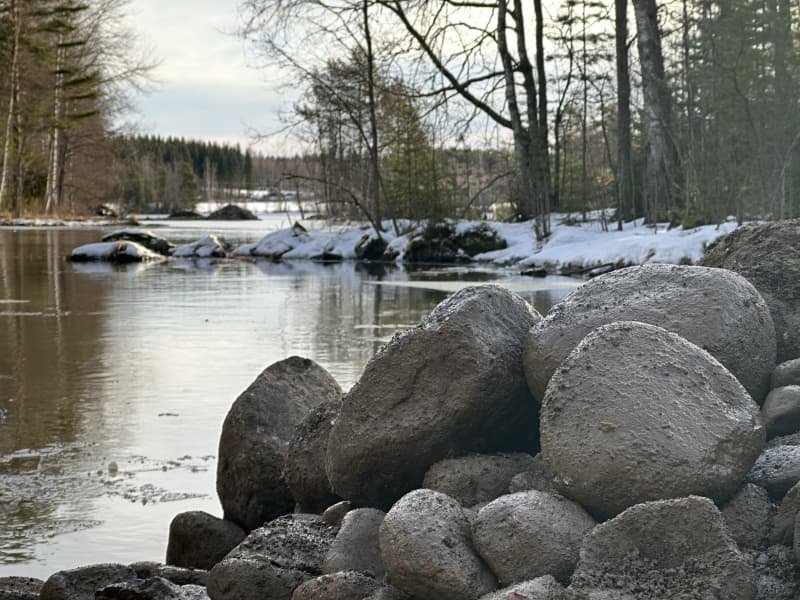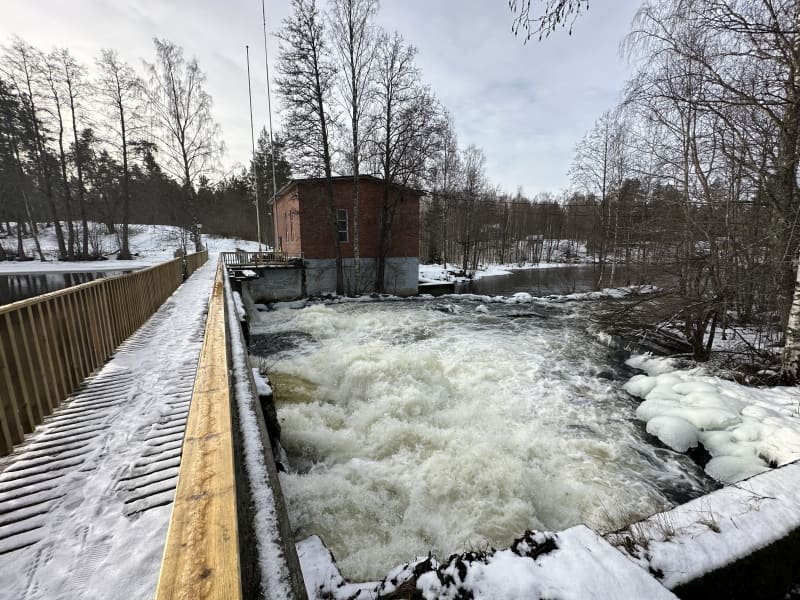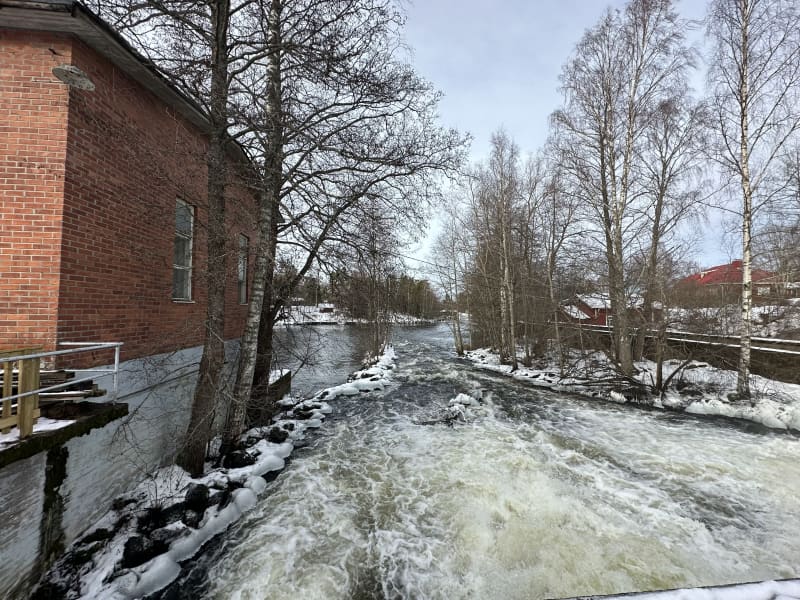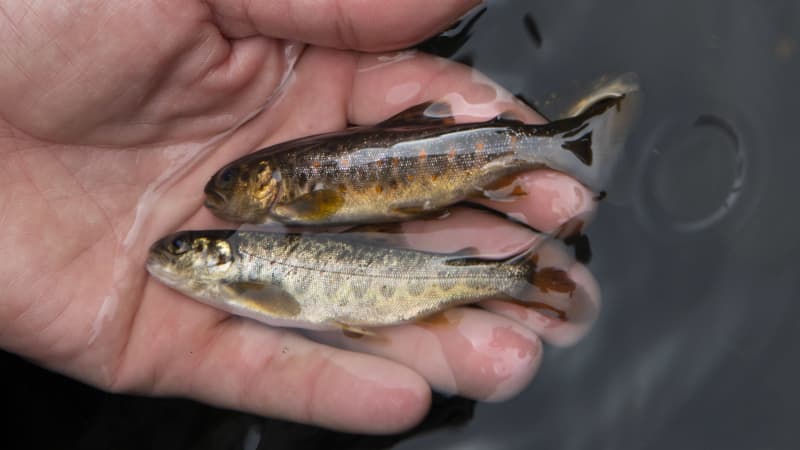Fifty or so sites have been restored during the past government term. EUR 15 million of state money has been spent on this work. The need for support continues, but government austerity pressures could squeeze the funding.
A huge excavator is on the rampage in Kalkkistenkoski, Asikkala. It places stones and gravel in the water like pieces in a jigsaw puzzle. The lake is one of the best breeding grounds in Päijänne for the highly endangered lake trout. The more intact rapids will also benefit whitefish, aquatic insects and various plants.
During the current government term, the government’s Nousu programme has been the central backbone of river restoration, with a budget of €15 million to restore around fifty sites across the country.

Will the state save on fish?
The economic crisis caused by the interest rate pandemic and the war in Ukraine has put a strain on the country’s finances. The austerity measures ahead could cut off funding for water restoration, for example. The situation is worrying those working in the field of water restoration, as well as the wildlife community. WWF, for example, is calling for the continuation of the Nousu programme.
The organization has participated in numerous stream water restorations in recent years, the most famous being the release of Hiitolanjoki. All in all, hundreds of thousands have received support for stream water restoration through WWF.
For the next government term, the organization demands the restoration of Palokinkoski in Heinävesi.

A more permanent funding model to be developed
There are also plans to reform the financial system. The model could be taken, for example, from the Metso program for forest protection, the funding of which continues beyond election periods. There would be grounds for that, because the restoration of rapids takes several years due to the permit bureaucracy alone.
– There have been discussions about a solution similar to the Metso program. It could be functional. if such activities are to be financed from the state budget in the future, says Tammi.

The notorious restoration regulation also affects river habitats
The EU’s restoration regulation also puts pressure on the continuation of stream water restoration. The goal is to increase the number of free-flowing rivers by 25,000 kilometers throughout the Union.
National goals have not yet been set, but it is known for certain that the purpose is primarily to remove dams that have lost their purpose. That is, the same work that the Nousu program has aimed for.
– Some funding may be available from various EU nature management programs, but as far as I understand, there is no separate money available for the measures of the restoration regulation, Tammi estimates.

The renovations bite, but there is still work to be done
In the Päijänne area, a considerable number of stream water renovations have been carried out during the last decade. Mainly the work has focused on streams, but the effect is visible. That’s why we dare to have high expectations for the renovation of larger sites, such as Virtaankoski.
– There is more and more feedback from fishermen that there are fat-finned, naturally bred trout in the lake. That’s a good thing, says Tomi Ranta of the Fisheries Center.
Nationwide, the situation is not as bright. There can be thousands of obstacles that limit the movement of fish, when you include everything from drum pipes to old mills and hydroelectric plants. However, new renovation projects are being worked on diligently.
– Renovation work would take decades, sums up Jouni Tammi of the Ministry of Agriculture and Forestry.
